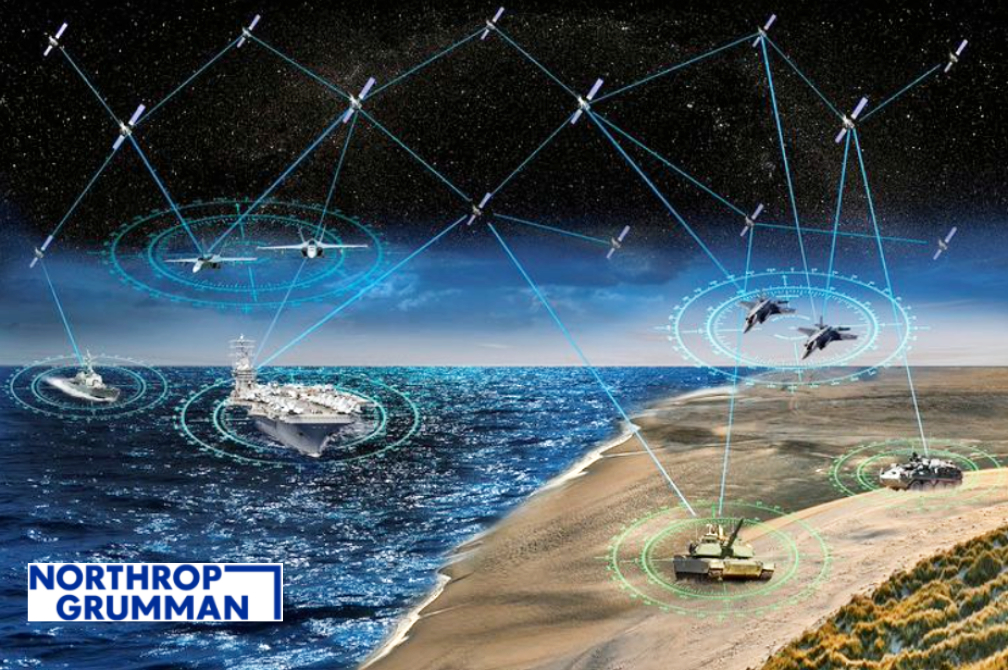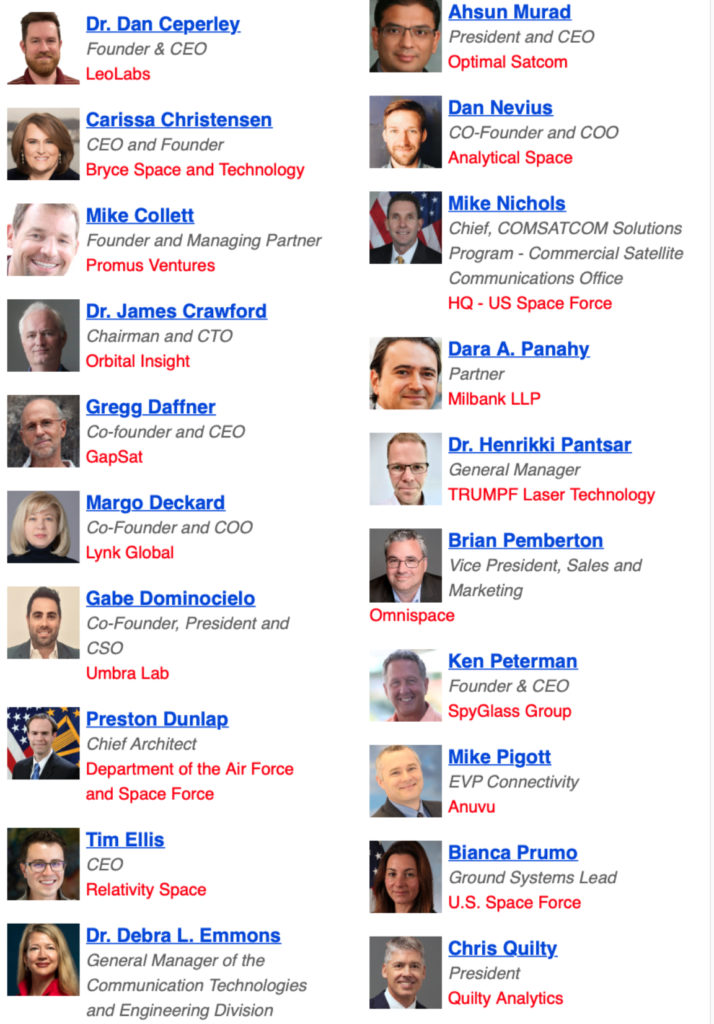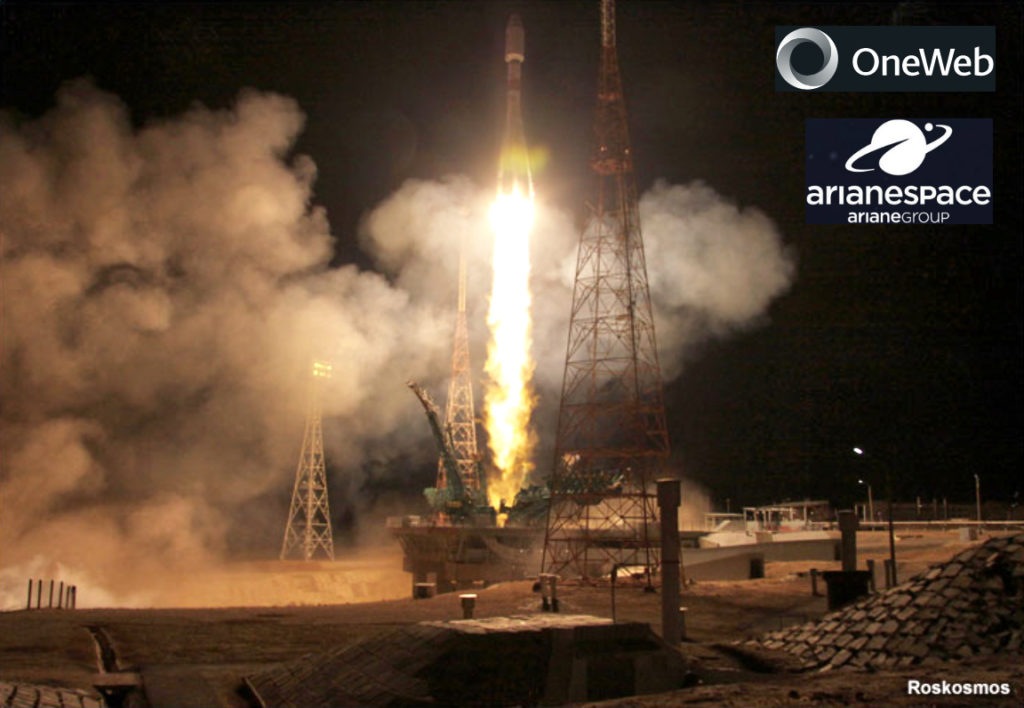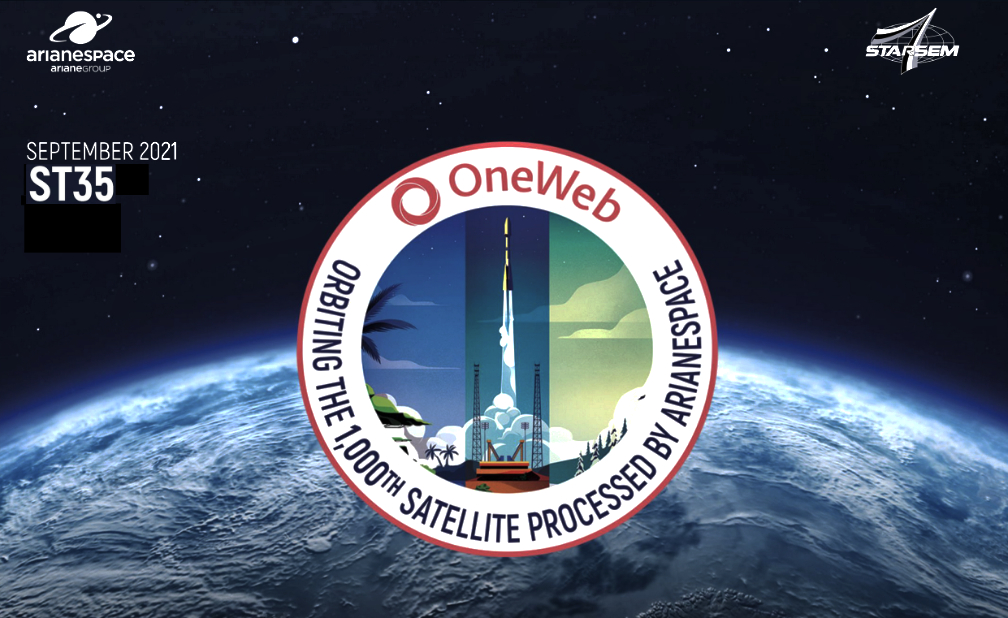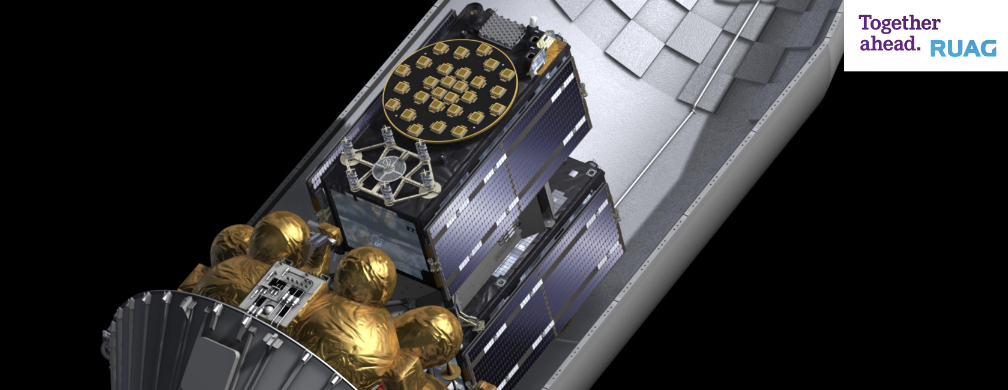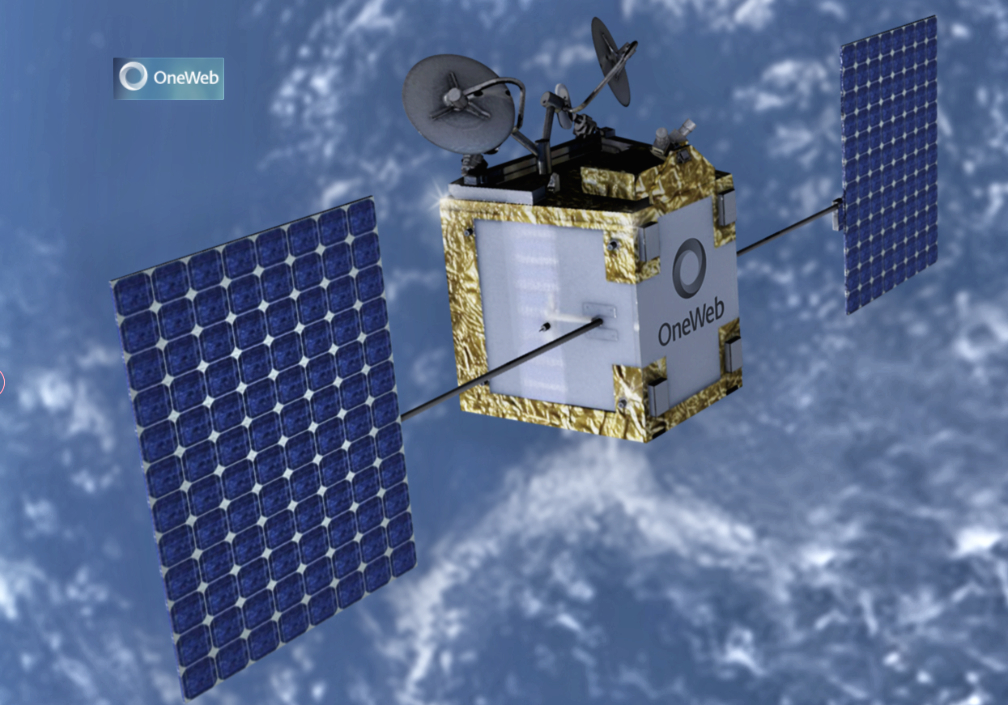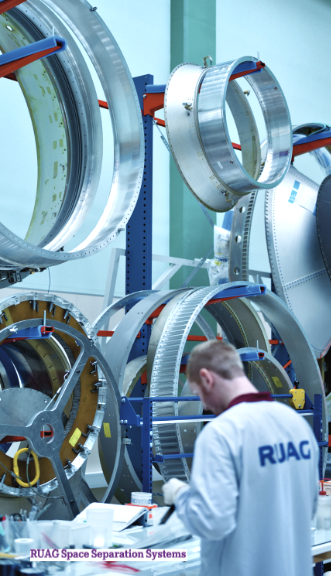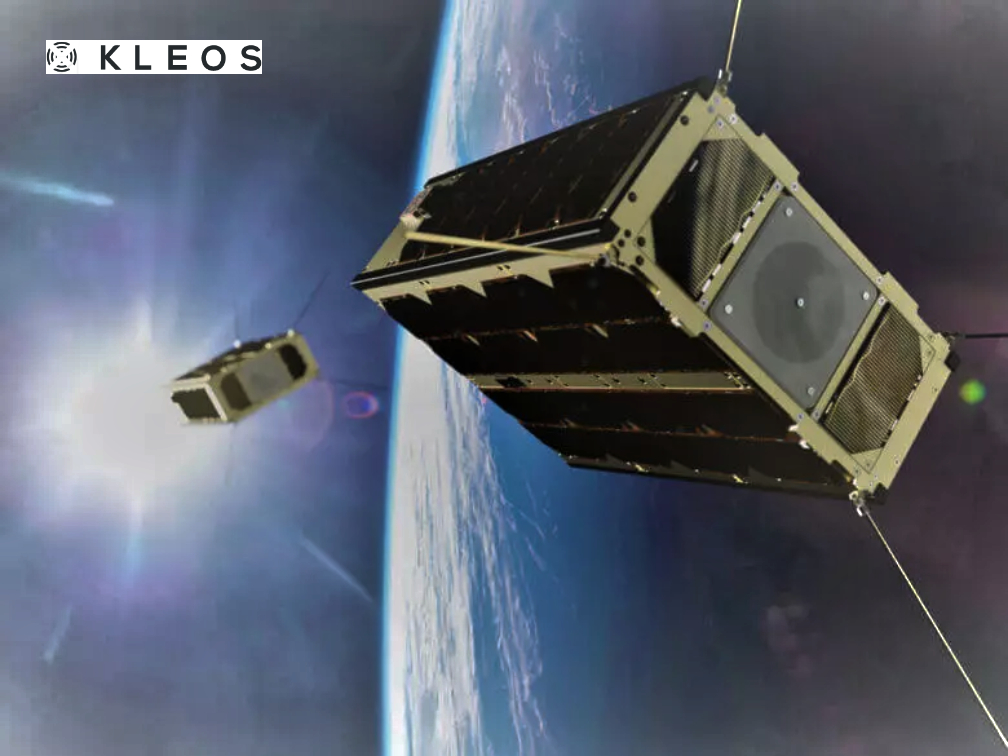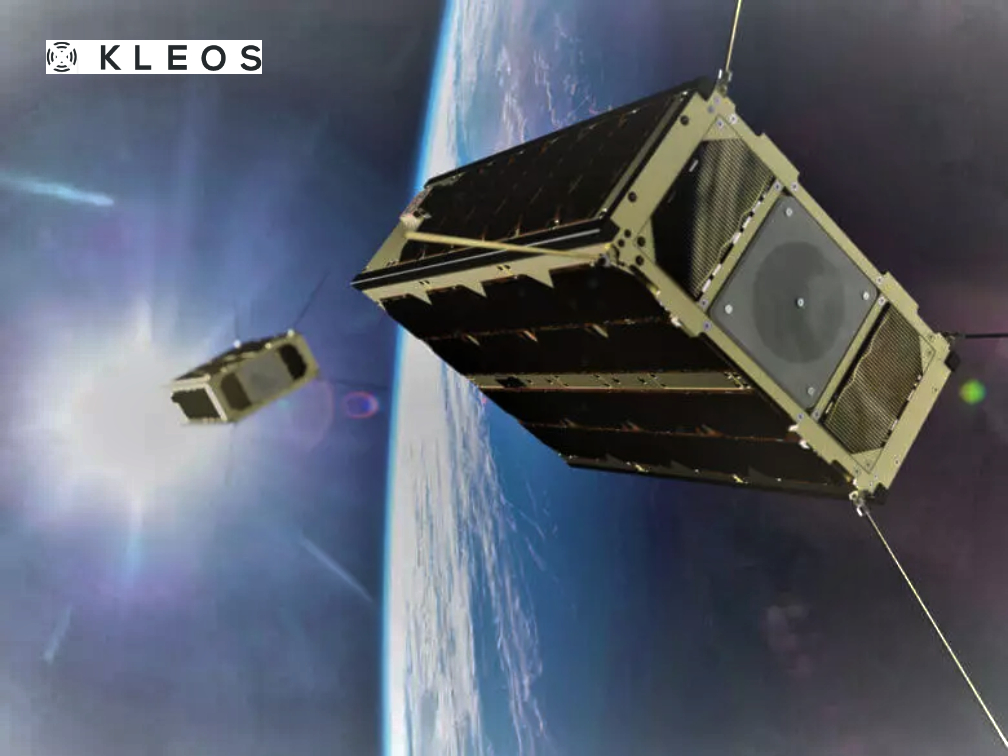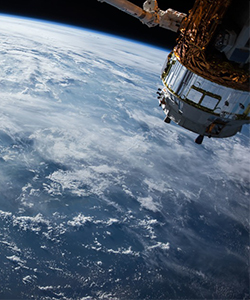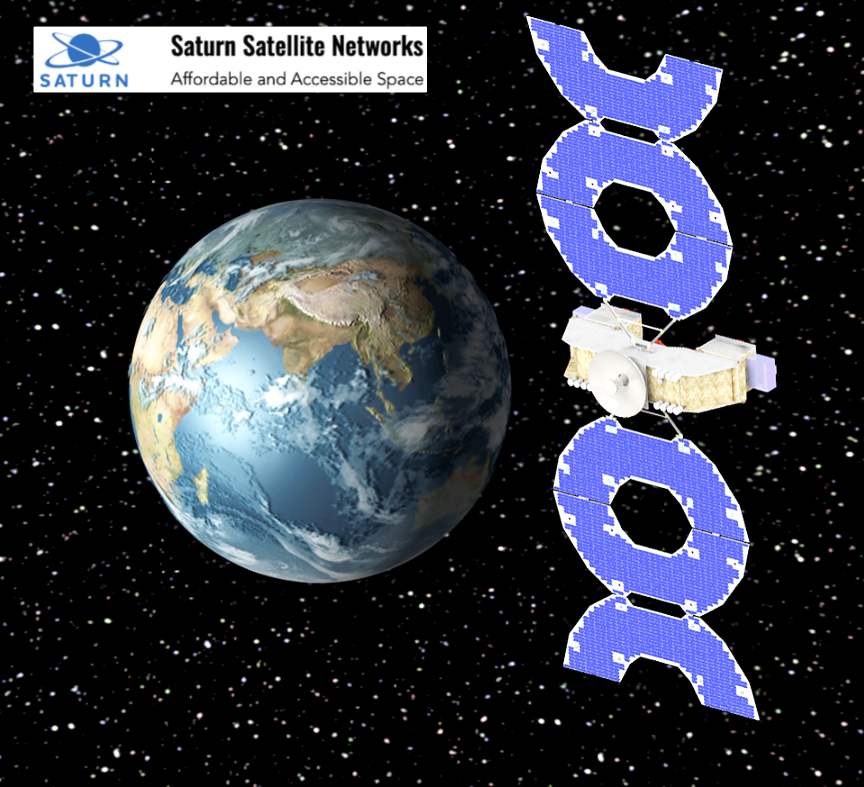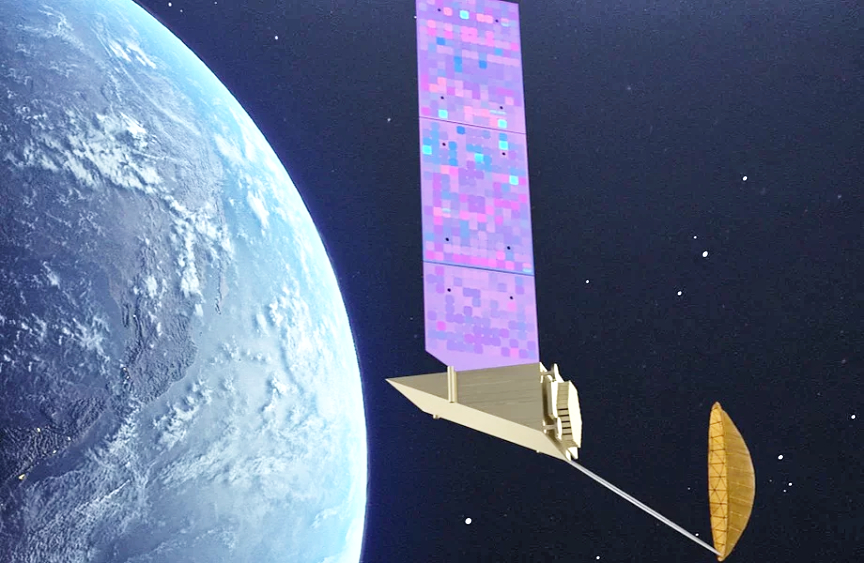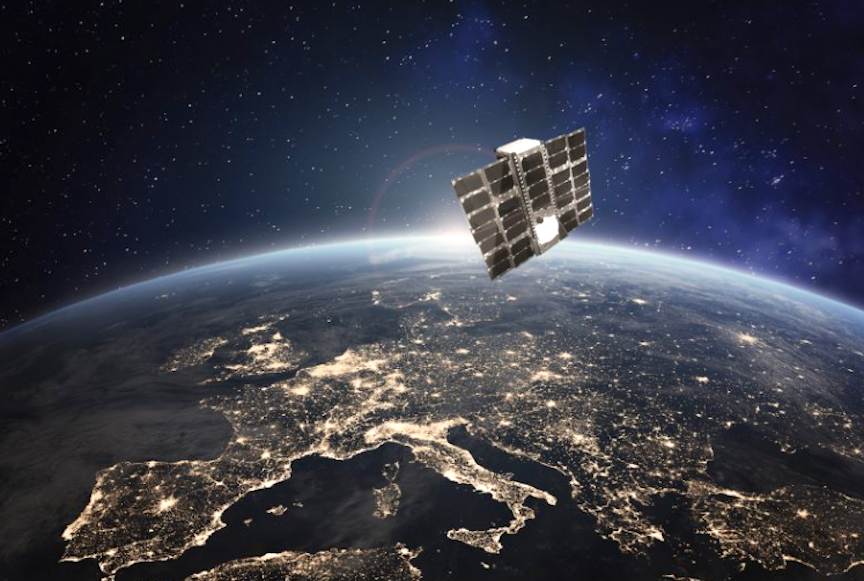
Sateliot has obtained the provisional authorization from the Spanish Government, through the Ministry of Economic Affairs and Digital Transformation (Mineco), necessary to start its 5G-IoT services. Sateliot is the satellite operator that will launch a constellation of nanosatellites to universalize the Internet of Things with 5G coverage.
This authorization allows the different terrestrial terminals located in different points of the peninsular geography to connect to the signal offered by the satellite that Sateliot launched into space last March aboard the Soyuz rocket.
So far the company already has everything in its favor to carry out the main objective of the mission: to start the testing phase of its technology in real environments with entities with which it has collaboration agreements, such as its partner Alen Space, with which it has developed the satellite payload, or the Institut d’Estudis Espacials de Catalunya (IEEC), with whom it will work on different use cases, as well as with other strategic organizations that join this unprecedented R&D project.
The results of these technical tests over the next few months will provide Sateliot with very useful information for the evolution and integral design of its nanosatellite constellation, which is scheduled to start offering commercial service in 2023.
The provisional authorization for the use of the orbit-spectrum resource granted by the Ministry refers to the UHF frequency band, which will be used by the company for the first tests.
Orbit-spectrum resources are limited resources allocated by the International Telecommunication Union (ITU) to national administrations. Satellite operators such as Sateliot must first apply for this resource through an administration and then obtain a license in each country where they want to operate so that their satellites have the right to transmit.
After obtaining the provisional authorization from the Ministry, the company has already initiated steps to obtain the relevant licenses in the United States, France and Brazil, as the first steps for the execution of tests and demonstration of use cases at a global level.
According to Jaume Sanpera, CEO of Sateliot, “the authorization we have received from the Ministry allows our project to start the testing phase, which will begin to materialize in the coming weeks in Spain and will be extended to the rest of the world in the coming months to reach its full development and commercial operation in 2023.”
Sateliot is the first satellite telecommunications operator that will provide global and continuous connectivity to all the elements that will make up the Internet of Things (IoT) universe, such as the connected car or home, under the 5G protocol. Thanks to a constellation of state-of-the-art nanosatellites, located at low altitude and acting as mobile towers from space, Sateliot is the perfect complement to large telecommunications companies by providing them with the necessary infrastructure to extend their coverage where terrestrial technologies do not reach. More information on our website, Twitter and LinkedIn.

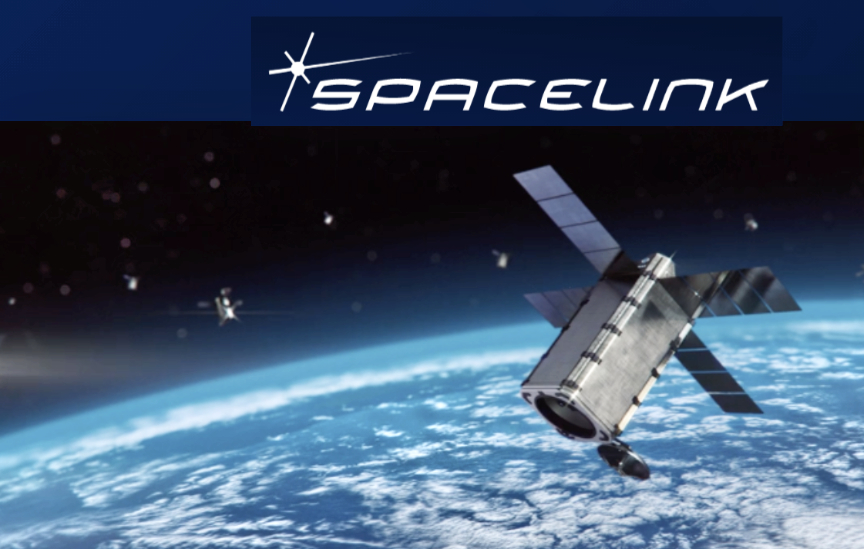

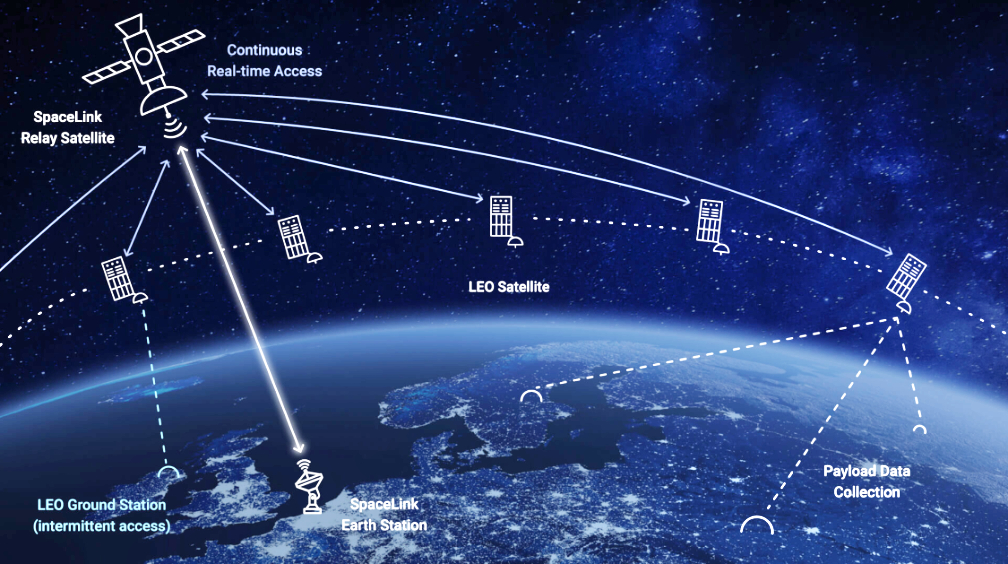
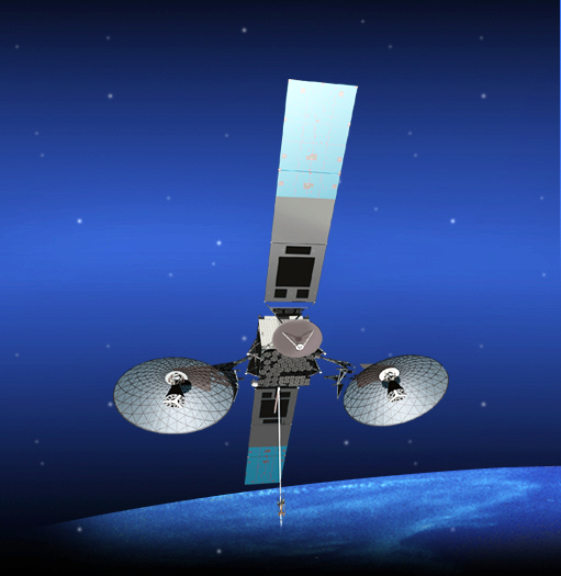
 data relay system provides global coverage to empower space system operators to maximize use of their assets.
data relay system provides global coverage to empower space system operators to maximize use of their assets.